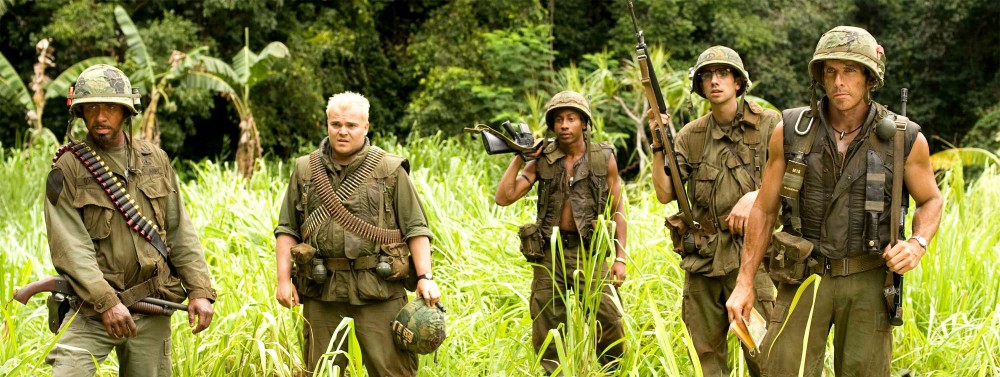For extra credit, I attended the “Art for Endangered Species” forum at the Cinema Pacific event a few weeks ago. Creators of wildlife films presented clips from their films then discussed some certain aspects of the clips or provided background information. Deke Weaver and Vanessa Renwick both presented their films that feature endangered animals and their mission to help spread the word about those animals. I was unable to attend the actual film, but the clips presented during the forum were still pretty powerful and provided me with an idea of what the full length documentaries entailed.
Deke Weaver presented clips of his films for various species, such as elephants, chimpanzees, and wolves, as well as footage from live productions he puts together to represent the species. He expresses his message through live performance and interaction with the animal’s habitat more than film. Weaver tries to focus on multiple species instead of just one. He instills the use of humans dressed as the animals for the performances which creates an anthropomorphic element to the experience. In the “Wolf” clip the performers acted like wolves at first, but then began dancing and acting out old fables. I am not sure if the anthropomorphism used in the performances helped the audiences relate with the so-called wolves or helped them become more engaged with the performance. It did not help me create an emotional connection to the film or the performance. I felt it was out of context and a bit strange, but hopefully the live audience was able to relate to it a lot better than I was able to. Although I feel as if the film clip does not do Weaver’s production justice. He wants to create an impactful experience for the audience to remember and hear what he has to say about the endangered species to raise awareness.
Vanessa Renwick expresses her message through her film “Hope and Prey” which focuses on how a group of wolf experts found and basically hunted down wild wolves in Canada to relocate them to a safer environment in the United States. Her clip has more human interaction with the species than Weaver’s clips did. Her whole project is based off of the humans coming to the rescue to save the wolves which could be considered invasive or admirable. The intentions behind it are admirable, but the method is very disturbing. The entire process was hard to watch. It shows a warehouse of drugged unconscious wolves all lined up while some were blind-folded. The camera focuses on the tag that labeled them as “Live Animal” to show that the wolves were just unconscious, not dead. The fact that they had to emphasize that point already shows that the process is disturbing. The experts were measuring their teeth and sticking their hands up the wolves’ butts for stool samples for reasons that were unclear. I do not think those steps were necessary in order to relocate the wolves, but I am not exactly an expert either. After that, it shows the experts putting the wolves in tiny kennels when they are done examining them and can finally be taken out to the wild. There was one shot where the camera zoomed in on a wolf standing in the kennel, but focused on its eyes which seemed to portray sadness and fear. These scenes in particular question whether what they are doing is intrusive or admirable. It is difficult to tell how the wolves feel, but it does not seem enjoyable for them. At the same time, the wolf population has increased exponentially in the United States after this project according to Renwick.
“Art for Endangered Species” was very interesting and insightful. The clips presented elicited emotions about the species. While some of the clips were hard to watch, but pretty sure that was the point. I think I would have gotten more out of the forum if I was able to attend the screenings of the films prior to the clips and discussion.
Intro to Film and Media: Spring 2014

Nope, not too late. Thanks for the post, Chelsea!
For extra credit, I attended the “Art for Endangered Species” forum at Cinema Pacific. The event featured creators of wildlife films who shared clips and discussed the purpose and background of their work. Filmmakers Deke Weaver and Vanessa Renwick presented clips from their films, focusing on endangered animals and their mission to raise awareness. Although I missed the full film screenings, the clips shown at the forum were impactful and offered insights into the documentaries’ themes.
For more film content and updates, consider exploring Cricfy TV for iPhone
and visiting their website.